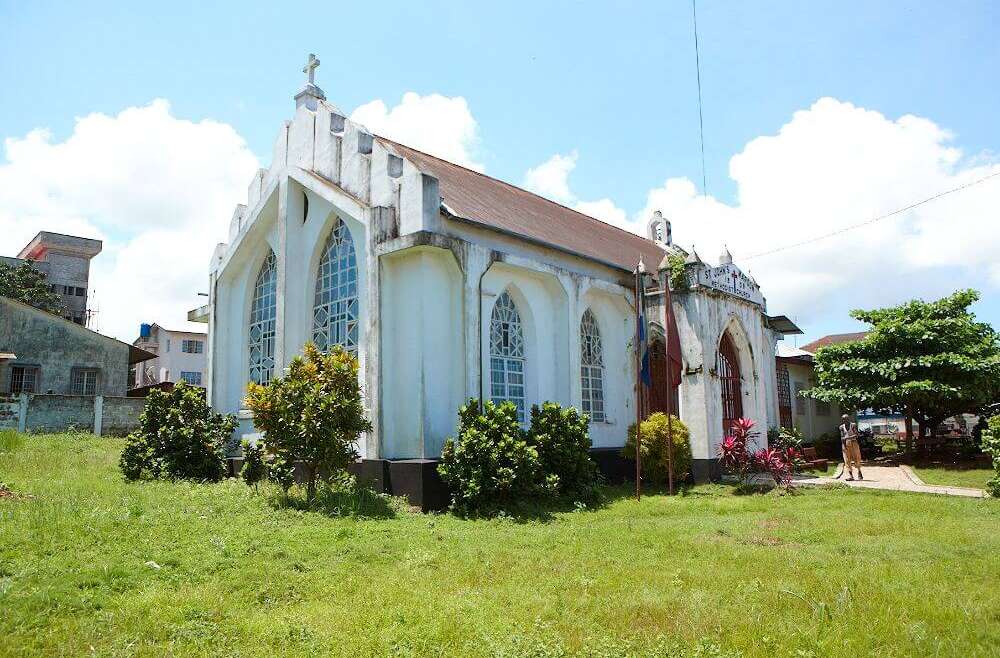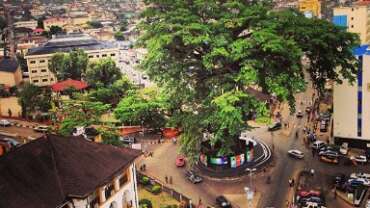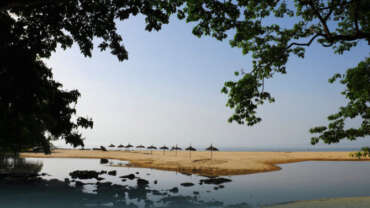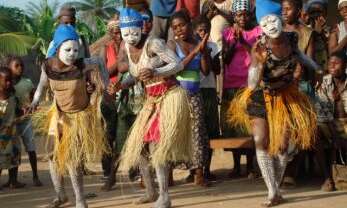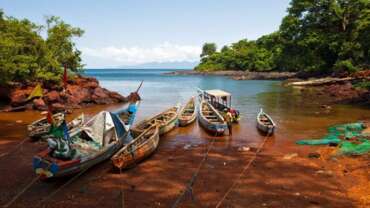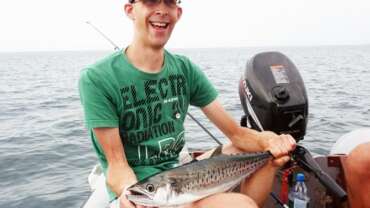Heritage Tourism of Sierra Leone
Sierra Leone National Museum
Sierra Leone has a rich cultural history. Freetown in itself has plenty of historical sites that you can visit, such as the Cotton Tree, Wilberforce and the Sierra Leone National Museum.
Dublin, Banana Island
Dublin is 11 miles long and 1.3 quarters miles wide with seven hills and seven beaches and a population of 842 (2012). Dublin is full of backyard gardens, big breadfruit trees and rare and delightful butterflies. In the morning, you will be greeted by beautiful sounds of strange and beautiful birds.
York
York is a distinctly Krio village with a rich history though the village also comprises of various other tribes. Prior to the arrival of the liberated slaves, the Sherbro were settled in the area and the village as called Momimi.
St John’s Maroon Church
This church was built by the Maroons who arrived in the colony in 1800 as black returnees from Jamaica who were reputed to be accomplished stone masons. It is thought they converted to Christianity through the influence of the Nova Scotians who were already in the Colony.
The Wharf Steps and Old Guard House
These flights of stone steps are one of the stone architecture erected during the governorship of Governor Charles Macarthy. They lead down from Wallace Johnson Street and were completed in 1818. They are often wrongly referred to as the “Portuguese Steps”. The Guard House at the top of the steps was built in 1819.
St George’s Cathedral
As the drive to make the Sierra Leone Colony a Christian community continued, Governor Maxwell sent a memo to the Secretary of State for the colonies requesting the construction of a church to serve as a place of worship for the citizens.
St Charles’ Church, Regent
As the Liberated African Villages grew, it was decided that structures had to be established to cater for the spiritual and educational welfare of the emerging communities. The government agreed to finance the construction of schools and churches.
The Gateway to the Old King’s Yard
After the Abolition Act had come into effect and Sierra Leone had become a British Colony, the Navy were mostly involved in trying to intercept the still on-going Slave Traffic. One of the most effective vessels charged with this responsibility was ironically a former slave vessel itself, the Black Joke, formerly called the Henriquita. Captured…
The Martello Tower
Due to frequent attacks on Freetown in the 19th century by the Temne under the leadership of King Tom, the government became nervy about future attacks on the colony. The governor of the day instructed that a Martello Tower be built on the top of Tower Hill as a defence mechanism.
Three Old City Boundary Guns
Probably from a condemned slave ship, the Three Old Boundary Cannons were half buried in the ground to mark the boundaries of old Freetown. Vertically positioned with their muzzles pointing upwards they were put in this position to avoid people sitting on them.
The Cotton Tree
This majestic tree stands in the centre of the oldest part in Freetown and is the most visible landmark in the city. Though its exact age is unknown it has undisputedly stood here for over 200 years. It is believed by some to have been the resting place for the Black Poor when the arrived…
National Railway Museum
The Sierra Leone National Railway Museum was established by Col. Steve Davies MBE, Deputy Commander of the International Military Advisory Training Team (IMATT) in Sierra Leone, working in his spare time with a team of fifteen young unemployed Sierra Leoneans. Together they have transformed a shed of locomotives, abandoned since abolition of the State railway…
Old Fourah Bay College
Old Fourah Bay College is probably Freetown’s most famous institution , it is the oldest university in West Africa. In it’s former splendor, Sierra Leone became known as the “Athens of West Africa” as scholars from all over Africa would travel to Sierra Leone to further their education. Samuel Adjai Crowther, the college’s first student,…
Bunce Island
Bunce Island was the largest British slave castle on the Rice Coast of West Africa. Founded around 1670, it exported tens of thousands of African captives to North America and the West Indies until the British Parliament finally closed it down in 1808. During its long and tragic history, Bunce Island was operated by four…
Banana Islands – Dublin, Ricketts and Mes-Meheux
The Banana Islands lie southwest of the Freetown Peninsula in Sierra Leone. The Islands are about a 20 minutes boat ride from Kent, and offer good opportunities for snorkeling and fishing or if you fancy it, a canoe trip around the Island. The Banana Islands are comprised of three Islands: Dublin, Ricketts and Mes-Meheux.



